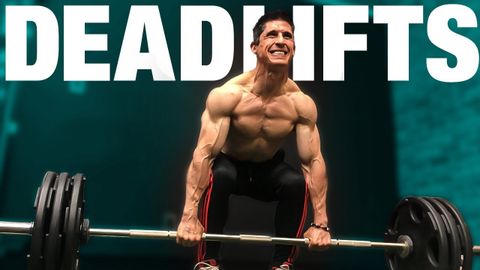
Subtitles & vocabulary
Deadlifts are KILLING Your Gains (OH SH*T!)
00
Jerry Jhon posted on 2019/07/14Save
Video vocabulary
perspective
US /pɚˈspɛktɪv/
・
UK /pə'spektɪv/
- Noun (Countable/Uncountable)
- Artistic method of creating a sense of distance
- Ability to understand what is important in life
B1TOEIC
More incredible
US /ɪnˈkrɛdəbəl/
・
UK /ɪnˈkredəbl/
- Adjective
- Very good; amazing
- Really good; amazing; great
A2TOEIC
More obvious
US /ˈɑbviəs/
・
UK /ˈɒbviəs/
- Adjective
- Easily understood and clear; plain to see
- Easy to see or notice.
A2TOEIC
More context
US /ˈkɑnˌtɛkst/
・
UK /ˈkɒntekst/
- Noun (Countable/Uncountable)
- Set of facts surrounding a person or event
- The circumstances that form the setting for an event, statement, or idea, and in terms of which it can be fully understood and assessed.
A2
More Use Energy
Unlock All Vocabulary
Unlock pronunciation, explanations, and filters
